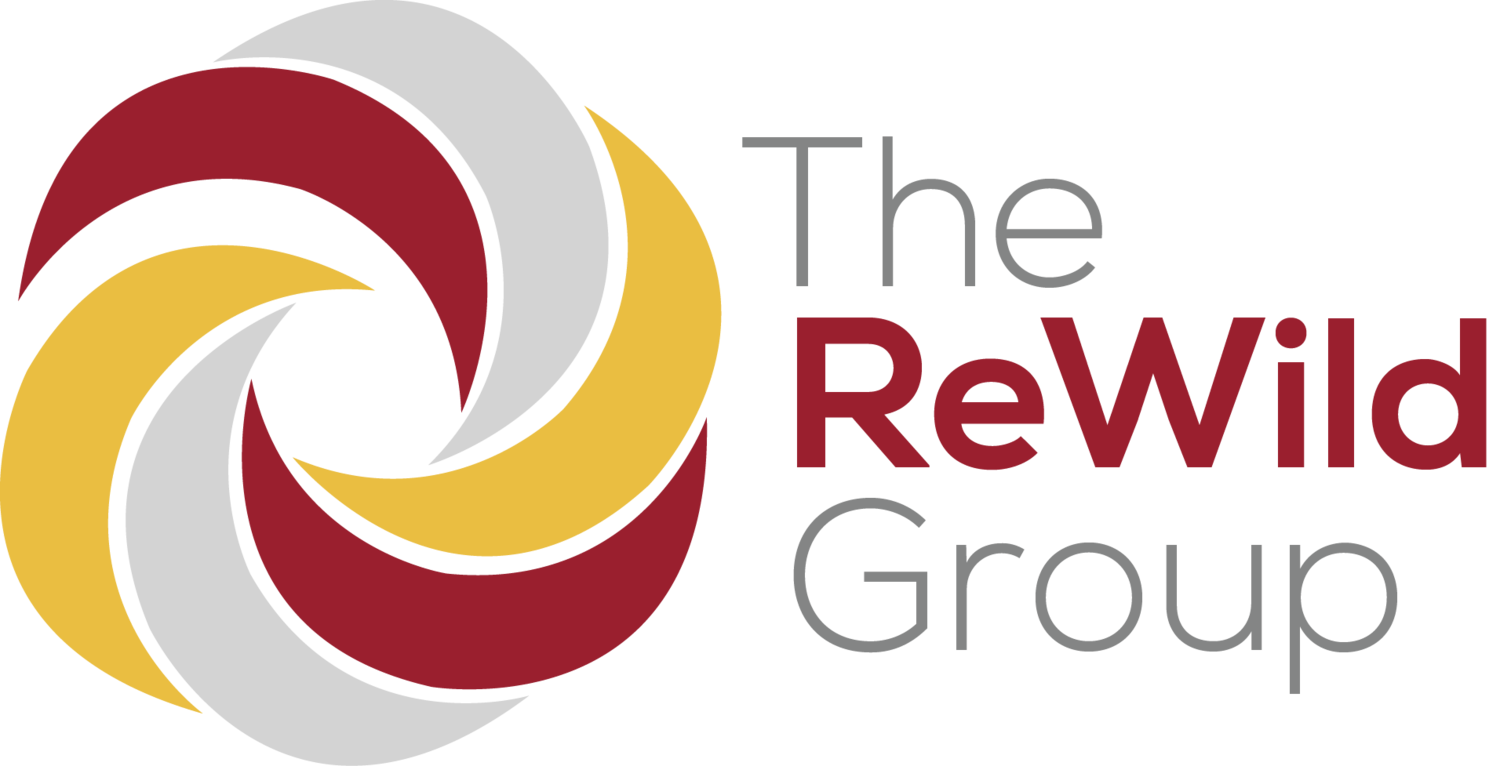
The ReWild Group Blog
The Three Faces of a Leader – Stage 2
In Stage 2, the leader is ideally spending 40 percent of their time and energy wearing the Visionary Face, 20 percent wearing the Manager Face, and 40 percent wearing the Specialist Face.
Meeting Models by Stage
As an organization grows in complexity, so too does its need for structure to keep the complexity from turning into chaos. One important way organizations add structure is through Meeting Models. In general, smaller organizations are less complex than larger organizations, and necessitate fewer Meeting Models. As an organization grows, it should steadily add structure to more of its meetings.
Gates of Focus in a Stage 6 Business
Stage 6’s gates of focus are People, Profit, and Process. Maintaining a healthy company culture is important with the number of people between 96 to 160, making People the top priority. A big part of an organization’s success of this size is the ability to successfully assimilate new people so they are engaged and effective at their assigned roles. By this stage, the company must be growing a Leadership Team that can take over responsibility of the day-to-day activities of the business from the CEO. The gap between the CEO and incoming employees has never been wider, which is why it’s so important for the layers of leadership to be acting together as a cohesive unit.
The Three Faces of a Leader – Stage 1
In Stage 1, leaders are ideally spending 40 percent of their time and energy wearing the Visionary Face, 10 percent wearing the Manager Face, and 50 percent wearing the Specialist Face. Stage 1 is almost equal parts providing the vision for the company and executing on that vision.
The Six Components of a Meeting Model
Every organization holds different types of meetings. Generally, some of those meetings would benefit from a greater level of structure. Good candidates include those that occur often, involve a significant amount of time, or have a high degree of impact. In cases where structure is desired, Meeting Models are a useful tool. Meeting Models are organization-specific templates that define a meeting’s purpose, outcomes, protocol, and positions/roles involved.
Gates of Focus in a Stage 5 Business
Stage 5’s Gates of Focus are Profit, People, and Process. In Stage 5, the attention must now return to Profit to ensure that enough capital is generated to sustain a larger organization. A leader can successfully focus on Profit in two key ways: 1) ensuring business development has a synergistic strategy across marketing, sales, and customer service to generate consistent and growing revenue; and 2) tasking departments to lower costs.
Builder-Protector Ratio in a Stage 7 Company
In Stage 7, the ideal Builder-Protector Ratio is 2:1, which means there is twice the level of confidence as caution in the organization. The 2:1 ratio reflects a relationship between Builders and Protectors that advances the company at a sustainable pace. The company will need to double its number of employees to grow completely through Stage 7, a process that can take a long time.
Levels of Meeting Structure
While an organization can have many types of meetings, not every type of meeting needs to have the same level of structure. Meetings improve when they adopt a suitable level of structure. While there’s no magic formula that reveals which meetings require more structure and which require less, we have identified three characteristics that can help determine the appropriate level of structure.
Gates of Focus in a Stage 4 Business
Stage 4’s Gates of Focus are Process, Profit, and People.
In Stage 4, getting scalable processes and systems in place is critical to facilitate future growth. Businesses that progress past Stage 4 without adequate attention to processes and systems will pay the price in later Stages. One of the most significant ways that a leader can focus on Process is by putting in place well-trained, professional managers who are capable of building strong departments. These managers should have the experience and skills to implement the building blocks necessary for their department to deliver high levels of quality in the functional area the department serves. These building blocks include scalable, trainable, and repeatable processes and systems.
Builder-Protector Ratio in a Stage 6 Company
In Stage 6, the ideal Builder-Protector Ratio is 3:1, which means there is three times the level of confidence as caution in the organization.
The first principle of Meeting Structure
Organizations of every size have meetings. Meetings are necessary to bring people together and create a shared perspective. Without meetings, people are left to make decisions in isolation, lacking input from other areas of the company. Since an individual rarely has a comprehensive view of a situation, it’s not typically optimal for just one person to run the show.
Gates of Focus in a Stage 3 Business
Stage 3’s Gates of Focus priorities are People, Profit, and Process.
Builder-Protector Ratio in a Stage 5 Company
In Stage 5, the ideal Builder-Protector Ratio is 2:1, which means there is twice the level of confidence as caution in the organization.
The Customer Experience Triad
The Customer Experience Triad identifies the three main areas in which customer service must do well to successfully keep the revenue coming. When adopted by the team, the Triad provides a framework for organizing customer service activities and initiatives.
Gates of Focus in a Stage 2 Business
A Stage 2 company’s Gates of Focus are Profit first, Process second, then People third.
Builder-Protector Ratio in a Stage 4 Company
In Stage 4, the ideal Builder-Protector Ratio is 3:2, which means confidence is slightly higher than caution. The 3:2 ratio in Stage 4 reflects an organization that is once again ready to embrace change (after intentionally slowing down in Stage 3), but at a slower pace than in Stages 1 and 2.
Position Role Sheets
The Position Role Sheet is a management tool that organizes the work through Positions, Roles, and Types of Work. It is a fundamental way to accomplish the goal of first organizing the work before organizing the people doing the work. As a building block for departments of all sizes, Position Role Sheets break down the roles and responsibilities of each position within a department.
Gates of Focus in a Stage 1 Business
A Stage 1 company’s Gates of Focus are Profit first, People second, then Process third. Business leaders embracing these Gates of Focus should be constantly thinking about how decisions will impact the company’s profitability. Their energy should be focused on activities that generate revenue and increase profits.
Builder-Protector Ratio in a Stage 3 Company
In Stage 3, the ideal Builder-Protector Ratio is 1:1, which means there are equal levels of confidence and caution within the organization. This high level of caution helps stabilize the organization as it goes through the important transformation of being owner centric to becoming enterprise centric. The shift from being owner centric to enterprise centric is uniquely challenging. To manage the stress, the pace of change must be deliberately slowed. A reduced pace will create the stability needed to successfully survive the transition.
Introducing the Functional Org Chart
An Organization Chart, or Org Chart, is a basic tool used by many businesses to communicate where individuals fit within an organization. In Organizational ReWilding, the variation of this concept is called a Functional Org Chart. The key difference is that the Functional Org Chart focuses on positions, not people; no names appear on the chart.





























